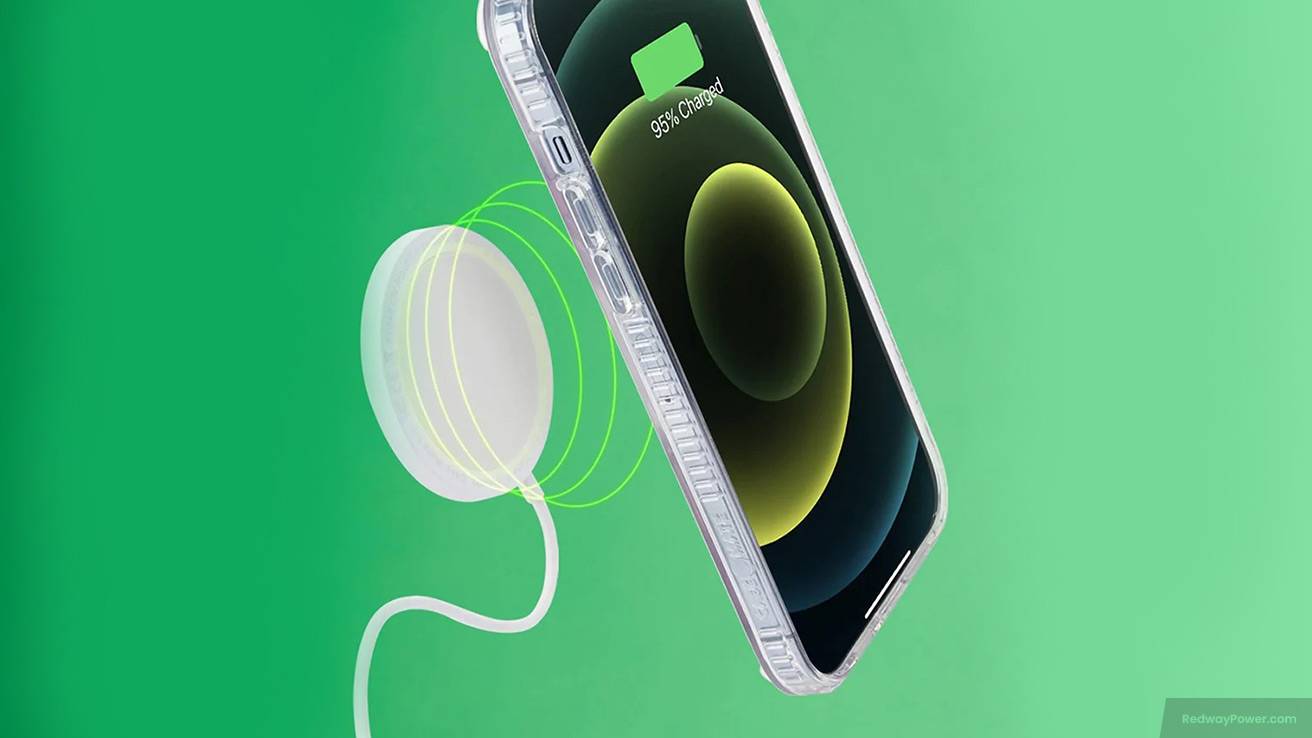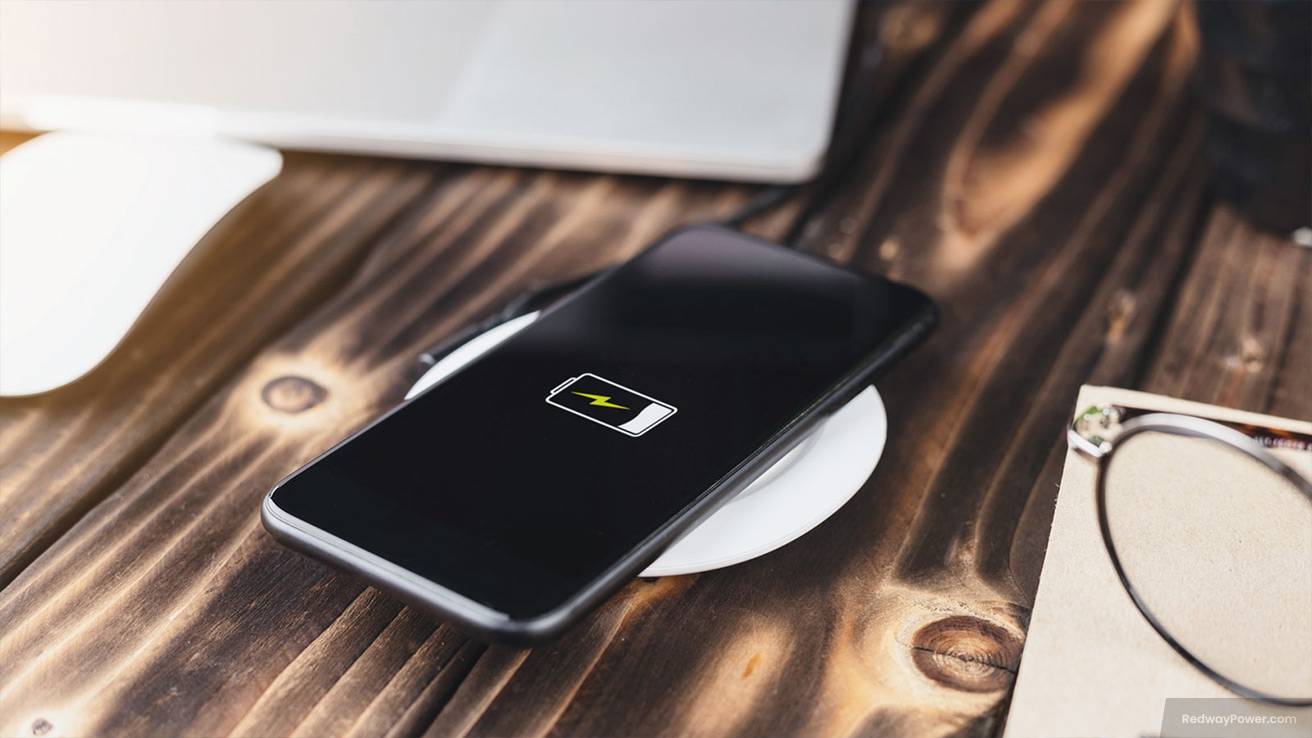Wireless chargers revolutionized charging with cord-free convenience. However, have you ever wondered why your wireless charger can feel unexpectedly hot? Let’s uncover the mystery behind this and explore the details. So, grab a drink, relax, and delve into the world of hot wireless chargers!
Understanding the technology behind wireless charging
Wireless charging, also known as inductive charging, operates by transferring energy between two coils—one in the charger and the other in the device being charged. This process relies on electromagnetic fields and involves key technologies like Qi for efficient power transfer.
- Basic Principle: Wireless charging begins with converting alternating current (AC) from a power source into direct current (DC) by the charger. This DC power flows through the coil, creating a magnetic field. When a compatible device is placed nearby, its coil picks up the magnetic field and converts it into electrical energy for charging.
- Qi Technology: A crucial component in wireless chargers is Qi technology, widely adopted as the industry standard. Qi uses resonant inductive coupling to facilitate efficient and safe power transfer. It allows devices with varying power requirements to communicate with chargers, ensuring optimal charging parameters.
- Heat Generation and Safety: Despite their convenience, wireless chargers can generate heat due to factors like coil resistance and energy conversion losses. To address this, manufacturers incorporate safety features such as temperature sensors. These sensors monitor heat levels and automatically adjust charging speeds or shut off if temperatures become unsafe.
- Importance of Awareness: While wireless chargers simplify our lives by eliminating cables, it’s crucial to understand the underlying technologies and potential heating concerns. Being aware of these aspects allows users to take necessary precautions for safe and efficient wireless charging.
Reasons why a wireless charger may get hot
Wireless chargers, while convenient, can sometimes get hot during use. Understanding the reasons behind this heat can help optimize their performance and ensure safety. Here are key factors contributing to a hot wireless charger:
- Energy Conversion and Electromagnetic Waves: During charging, electrical energy is converted into electromagnetic waves, generating heat as a byproduct. This natural process can contribute to the warmth of the wireless charger.
- Power Mismatch and Overheating: If your device draws more power than the charger can handle, it leads to overheating. Ensuring compatibility between the charger and device prevents this issue.
- Inefficient Energy Transfer: Misalignment or physical barriers between the charging pad and device can hinder energy transfer, causing resistance and heat buildup. Proper alignment is essential for efficient charging.
- Charger Quality and Compatibility: Low-quality or incompatible chargers may lack safety features, risking overheating. Choosing chargers recommended by the device manufacturer ensures effective regulation of voltage and current.
- Ambient Temperature Impact: Using a wireless charger in high-temperature environments, like direct sunlight or near heat-emitting devices, adds to its overall warmth. Considering ambient conditions is crucial.
- Built-in Safety Features: Most modern wireless chargers include temperature sensors and overload protection mechanisms. These features automatically shut off the charger at certain temperature thresholds to prevent damage or hazards.
Precautions for Optimal Performance:
- Use chargers recommended by your device manufacturer.
- Ensure proper alignment for efficient charging.
- Avoid obstructing airflow around the charger.
- Keep charging surfaces clean from dust or debris.
- Consider breaks during continuous use if excessive heating is noticed.
By understanding these factors and taking simple precautions, you can enjoy the convenience of wireless charging safely.
Safety concerns and precautions for using a wireless charger

While wireless chargers provide convenience, users should be aware of safety concerns, particularly regarding heat generation. To ensure safe usage, follow these precautions when using wireless chargers:
- Choose Reputable Brands: Purchase wireless chargers from well-known brands or manufacturers to ensure they adhere to proper safety standards. Cheap knock-offs may lack safety features and pose risks of overheating or damage to devices.
- Avoid Foreign Objects: Prevent overheating by avoiding the placement of foreign objects, like coins or keys, on the charger during use. Such objects can interfere with the charging process and generate additional heat.
- Ensure Proper Alignment: Properly align your device with the charging pad or stand to avoid inefficient charging and reduce heat generation. Misalignment can impact the charging process and contribute to increased heat.
- Monitor for Excessive Heat: Keep an eye on your charger during use and unplug it if you notice excessive heat buildup. This proactive step helps prevent potential damage to your device and surrounding environment.
By following these simple precautions, you can safely enjoy the convenience of wireless charging without concerns about excess heat or potential hazards. Stay informed and prioritize safety.
Troubleshooting tips for a hot wireless charger
If your wireless charger is getting too hot, here are troubleshooting tips to address the issue and ensure safe usage:
- Check Power Source Stability: Ensure your wireless charger is connected to a stable power source. Fluctuations or incompatible adapters can cause overheating. Try different outlets or adapters to rule out power-related issues.
- Remove Obstructions for Ventilation: Keep the area around your wireless charger clear to allow proper airflow. Items like cushions or blankets can obstruct ventilation, contributing to overheating. Maintain a clear space for efficient cooling.
- Use Certified Chargers: Invest in certified charging pads from reputable brands to ensure safety features and quality. Cheap or counterfeit chargers may lack proper safety mechanisms, increasing the risk of overheating.
- Avoid Metal Objects: Prevent excess heat by avoiding metal objects on the charging pad. Coins or keys can interfere with charging and generate additional heat. Clear the charging area before placing your device.
- Take Breaks Between Charges: To prevent excessive heat buildup, take breaks between charging sessions. Continuous charging for extended periods can lead to overheating in both the charger and your device’s battery.
Remember, if these troubleshooting tips don’t resolve the issue, consider discontinuing use and consult with the manufacturer for guidance on safe charging alternatives.
Alternatives to using a wireless charger
If wireless chargers pose concerns such as overheating or safety issues, there are alternative methods for charging your devices. Here are reliable options to consider:
- USB Charging: Use traditional wired chargers with USB cables for a simple and efficient charging method. This eliminates the risk of overheating associated with wireless chargers.
- Fast Charging Technology: Opt for smartphones equipped with fast charging technology for quicker charging times. These chargers often include safety mechanisms to prevent overheating.
- Portable Power Banks: Utilize portable power banks or battery packs for on-the-go charging without relying on electrical outlets or wireless chargers. These compact devices offer convenience and flexibility.
- Solar Chargers: For eco-friendly charging, consider solar chargers that harness energy from the sun. They provide a sustainable solution for outdoor charging, eliminating the need for traditional chargers.
- Car Chargers: When on the road, use car chargers that plug into your vehicle’s cigarette lighter port. They offer a practical solution for recharging devices while driving, ensuring steady power.
Choosing an alternative depends on personal preference and specific needs, considering factors like convenience, efficiency, safety, and environmental impact. While wireless charging is convenient, prioritizing safety is essential. Understanding potential issues and exploring alternative methods ensures devices stay powered up safely and efficiently.

